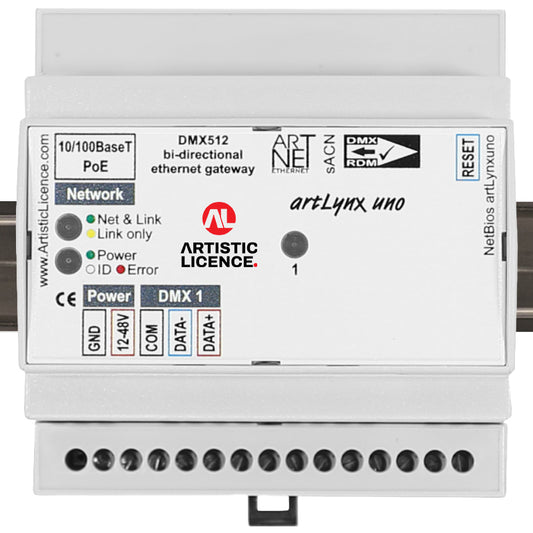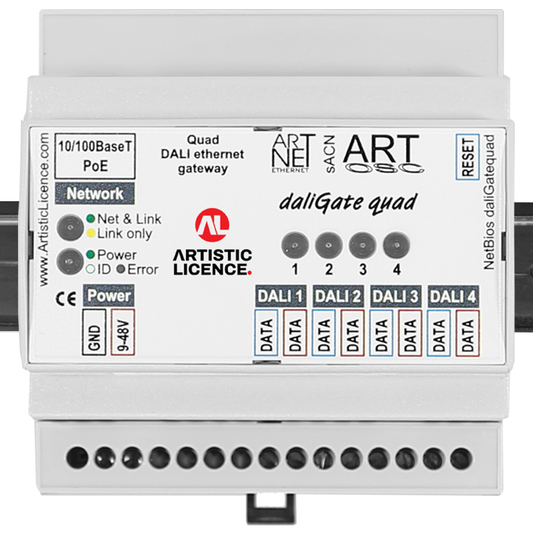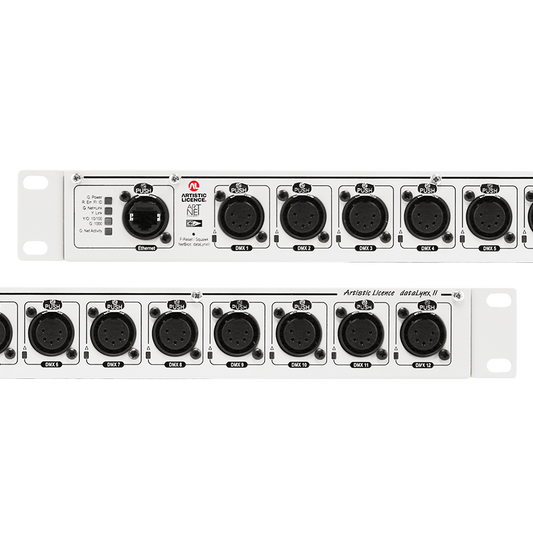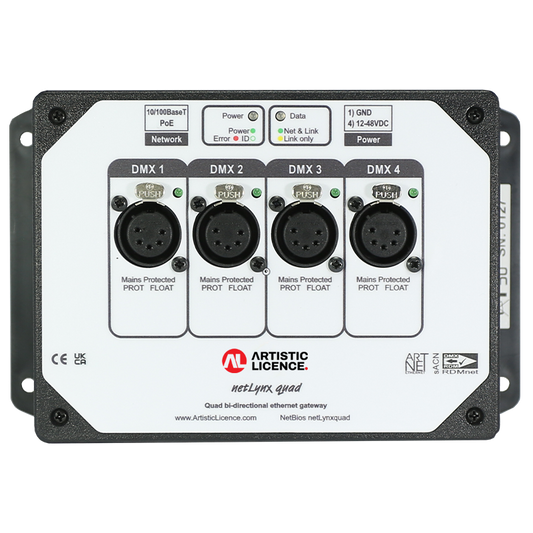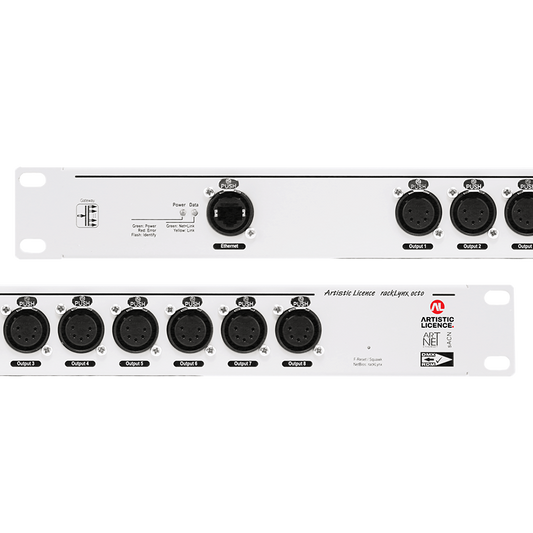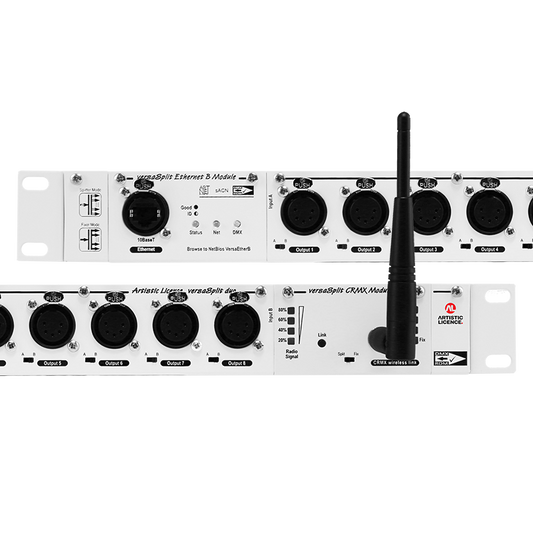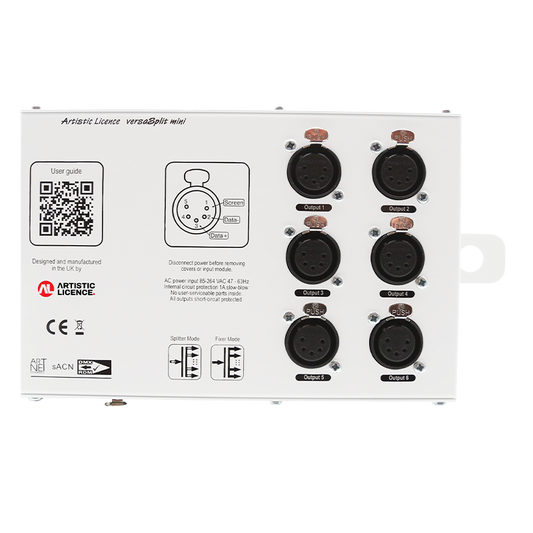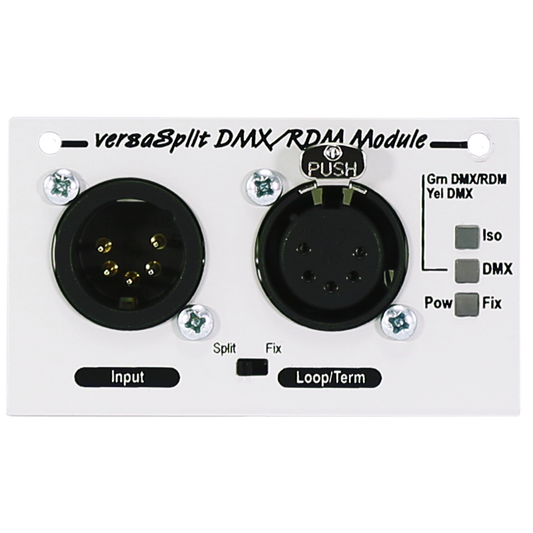Art-Net FAQs
Art-Net 4 is an award-winning data distribution protocol that allows DMX and RDM lighting data to be transported over an ethernet network.
Expand the drop downs below to find answers to your queries.
Art-Net
Frequently asked questions
Why Art-Net?
Using ethernet for transmitting lighting data has many benefits. The following lists a few:
1. Ethernet (10BaseT/100BaseT) can carry up to 40/400 times as much data as a DMX512 cable.
2. The computer industry is huge – using ethernet for lighting control provides access to a wide range of low cost products such as switches and radio links.
3. Ethernet uses low cost cable that is readily understood by building contractors. This allows all of the lighting cable to be installed and certified before the lighting contractors start their installation.
4. Many existing buildings are already wired for ethernet. This allows existing building cable to be used for retrofit or temporary lighting projects.
5. Products for moving data around physical barriers, such as cityscape projects or crossing rivers, are readily available. These include a range of technologies such as wifi radio links, laser links and telephony systems such as leased line, ADSL, ISDN, VPN and so forth.
6. All ethernet wiring is ‘star’ format. This increases system reliability compared to the ‘ring’ or ‘loop-through’ wiring used with DMX512.
There are a few drawbacks:
1. The maximum cable distance is approximately 100m compared to 300m for DMX512. However the lower cost of ethernet switches compared to DMX512 splitters makes this a minor problem.
2. All ethernet wiring is ‘star’ format. Generally this requires more cable. However, as ethernet can carry much more data that DMX512, there is still a net saving.
So is Art-Net the same as Ethernet?
No, Art-Net is the communication protocol that ‘sits’ on top of ethernet. An analogy is the way that DMX512 ‘sits’ on top of the RS485 standard.
What does Art-Net offer me that DMX512 does not?
In addition to all of the benefits listed above:
1. It allows remote patching of all of the DMX512 inputs and outputs. This is a big benefit for installations with multi-purpose rooms.
2. It allows DMX512 data to be merged in either LTP or HTP format. This can be used to include, for example, a house- lights controller into a system.
3. Features such as remote control of the lighting console are easy to implement.
4. It supports the RDM standard, allowing the controller to retrieve information from the moving lights and dimmers. This also includes the ability to automatically patch all of the lamps.
5. A lighting console’s video screen monitors can be transmitted over Art-Net to allow remote monitoring in, for example, the dimmer room.
6. Free tools, such as DMX-Workshop, are available to monitor data at any point on the network from a central location.
7. Perhaps most importantly, Art-Net is a royalty-free protocol that is supported by over 220 manufacturers worldwide.
Will ethernet replace DMX512?
No – definitely not. The real point of Art-Net is that it allows ethernet and DMX512 to work together, so you get the benefit of both worlds. For example, the ‘star’ wiring of ethernet would be a major annoyance for cabling moving lamps on a truss. The best solution is to take ethernet from the console to the truss and then convert to DMX512.
Can I use Art-Net with other systems?
Art-Net 4 is unique in that it allows the user to choose Art-Net as the discovery, management and RDM tool, while using sACN for the live control data.
While many users are happy to work completely within the Art-Net realm, some installations and specifiers require, or prefer, the use of sACN, the accredited ANSI E1.31-2016 standard. However, unlike Art-Net, sACN does not support network management or RDM, which could leave users disadvantaged. Art-Net 4 solves this problem, offering an elegant solution that enables the protocols to be used in a complementary manner.
Some systems like ETCNet and KiNet use ethernet but the language is different to Art-Net. The manufacturers have not published the technical information, so these protocols remain proprietary standalone technology.

Art-Net is owned and copyrighted by Artistic Licence Engineering Ltd.
Artistic Licence has published the specification and made it available for anyone to use on a royalty-free basis, subject to conditions.
View the range
-
artLynx range - 4 variants
Please login for pricingRegular priceRegular priceUnit price / per -
daliGate quad
Please login for pricingRegular priceRegular priceUnit price / per -
dataLynx II - 4 variants
Please login for pricingRegular priceRegular priceUnit price / per -
netLynx quad
Please login for pricingRegular priceRegular priceUnit price / per -
rackLynx octo
Please login for pricingRegular priceRegular priceUnit price / per -
versaSplit duo - 2 variants
Please login for pricingRegular priceRegular priceUnit price / per -
versaSplit ISO Extreme
Please login for pricingRegular priceRegular priceUnit price / per -
versaSplit mini XLR5-X
Please login for pricingRegular priceRegular priceUnit price / per -
versaSplit modules
Please login for pricingRegular priceRegular priceUnit price / per

